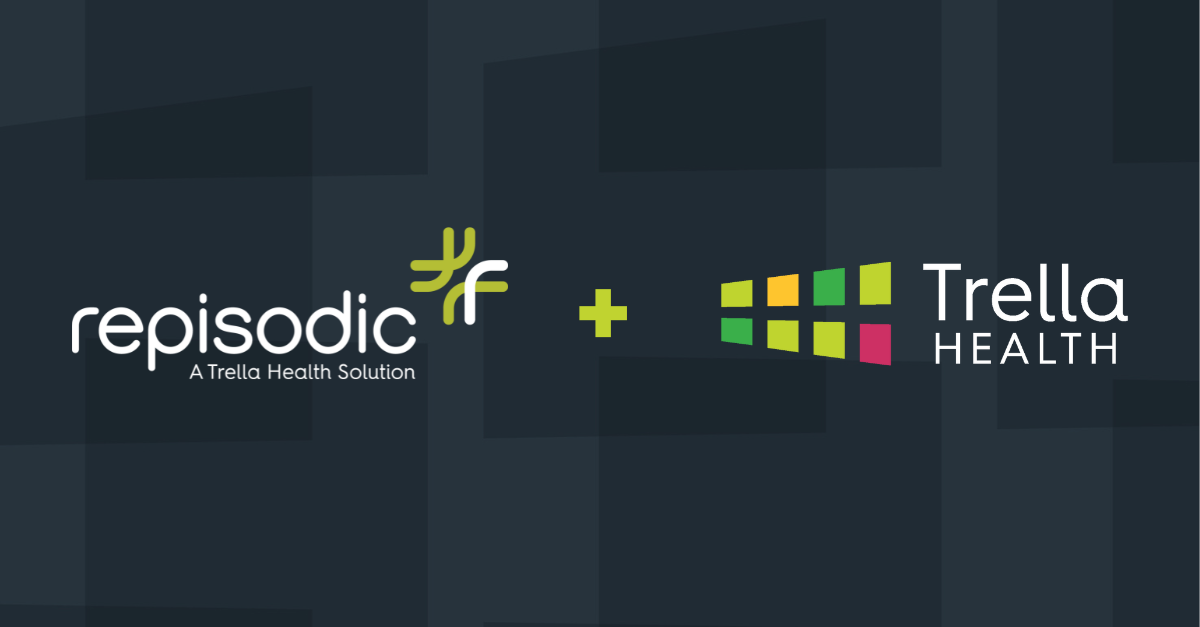Shelly Wing, Demand Generation Manager
Shelly is a passionate B2B marketing and content strategist. She creates and executes demand generation programs to make it easier for potential customers to learn about Trella’s solutions. She studied English at the University of Georgia before entering the world of sales and marketing. With experience in multifamily, SaaS, and IoT companies, Shelly consistently creates content that engages buyers at the right time and in the right way. At Trella Health, she’s excited about helping make a meaningful impact in all areas of post-acute healthcare.Key Components of a Post-Acute Growth Engine
By Shelly Wing | March 9, 2022
In today’s post-acute care landscape, growth and success will look different for everyone. Market conditions, resources and budgets, company goals – each of these plays a role in determining the go-to-market strategy for your organization. And to truly understand and define these areas, you need to first start by looking at the market intelligence and performance insights of your organization, your competitors, and your referral partners. Data is – or at least, should be – the central cog in your post-acute growth engine. And that data should power and accelerate the critical components of that engine – allowing your organization to reach your post-acute growth goals strategically and efficiently.
Before we get into how data powers this engine, let’s first look at what the steps make up the engine itself. Because your engine should operate as smoothly as possible, it’s easy to remember the critical components with the acronym ROMEO:
- Research
- Organize
- Mobilize
- Evaluate
- Optimize

The ROMEO model incorporates the different phases you should continually cycle through to keep your growth plans on track. Let’s dig deeper:
Research
In phase one of the cycle, you need to investigate a few pieces of information. Essentially, you’re running a market analysis. Get a baseline for referral patterns in your market – where are physicians sending their post-acute eligible patients? Do any affiliations stick out? How are your competitors performing in key metrics like total patient cost or readmission rates? How do you compare? This initial investigation into your market will allow you to see gaps, needs, or opportunities your organization can fill. Medicare claims data and insights for your market will be crucial to obtaining this information.
Organize
In phase two, you’ll take the intel you gathered in the research phase and start to organize your tactical plan. Based on your market research and your company’s goals, which physicians does it make sense for your team to target? Are there any operational adjustments you need to make to elevate your services and improve patient outcomes? Come up with a clear competitive positioning statement to provide to your team. Define your differentiators and give them the tools to go after your target patient mix and referral partners confidently.
Mobilize
Phase three is where you put your prep work into action. Armed with their territory assignments and their value propositions, your team should now be able to approach referral partners and present the facts in a compelling and valuable way. Your team must not only be able to speak to performance metrics and differentiators your organization provides but also to the potential benefits physicians could see by partnering with you. As more emphasis is placed on value-based care and cost-reducing strategies, you need to approach each conversation with benefits and impacts clearly communicated. Understanding referral patterns and affiliations will help your team tailor their conversations to the goals of the target physician or group.
Evaluate
Once you’ve mobilized your team, it’s essential you track the effectiveness of their outreach efforts. Leveraging a customer relationship management (CRM) tool will help you clearly see which accounts and team members have been engaged the right way and how that translates into business success for you. By pairing a CRM with market intelligence, you should be able to evaluate if you’re taking the right messaging and targeting approaches or not. You’ll also be able to identify skill or activity gaps with your team so that you can create a more efficient and effective sales organization.
Optimize
Based on the findings in phase four, you need to take a step back and identify areas for improvement. If your team has been effectively engaging the market, but your referrals haven’t increased, it may be time to look at your messaging. Why isn’t what you’re saying resonating with your target audience? Workshop it and find out how you need to improve it. Alternatively, if you notice a correlation between high activity and increased referrals from certain physicians, look for ways you can replicate that success. Is it as simple as training the rest of your team to approach physicians differently? Optimization means applying the lessons you’ve learned to improve your operations.
Keep the Post-Acute Growth Engine Moving
Once you’ve identified and applied your optimizations, it would be easy to feel comfortable to sit back and wait for the results. But, just as patient needs, market gaps, and overall healthcare goals evolve, so too should your growth strategy. It’s important that you regularly run through each phase of the cycle again. Failure to do so will result in your organization’s inability to keep up with the changing landscape. Keep the engine moving and help your organization remain agile enough to adjust to whatever is thrown your way.
Next Steps
For quite some time, Trella Health has been the leader in post-acute insights, data, and actionable analytics. With the acquisition of PlayMaker Health, Trella now has solutions for each phase of the PAC Growth Engine. We’ve combined our robust market intelligence solution with PlayMaker’s CRM to provide a comprehensive intelligence, engagement, and growth solution. To learn more about how your organization can keep your growth engine on track, request a demonstration today.
Trella Health is the leader in market intelligence for the 65+ population, with extensive data sets including Medicare FFS, Medicare Advantage, commercial payers, ACOs, and DCEs. For more insights into how to stand out as a preferred referral partner, schedule a demo today.















